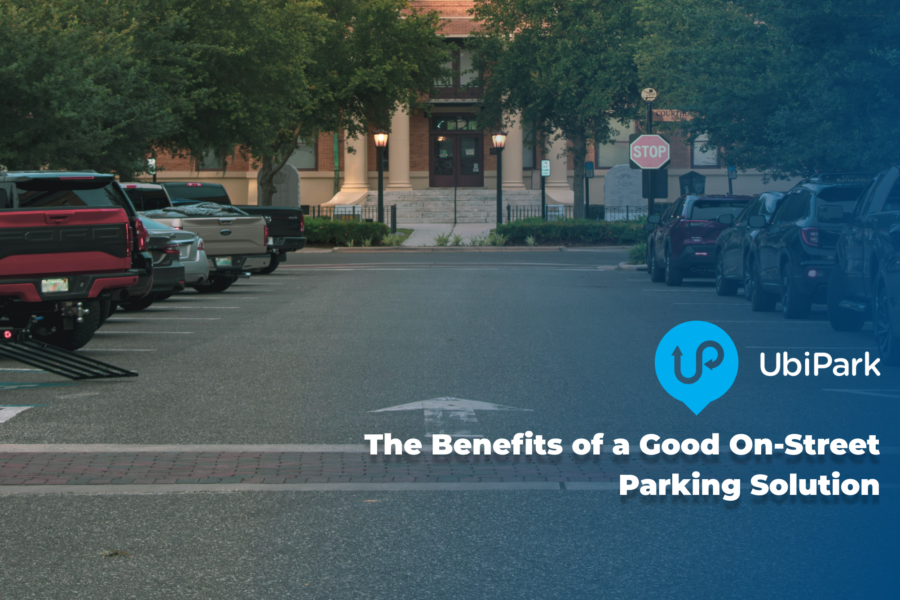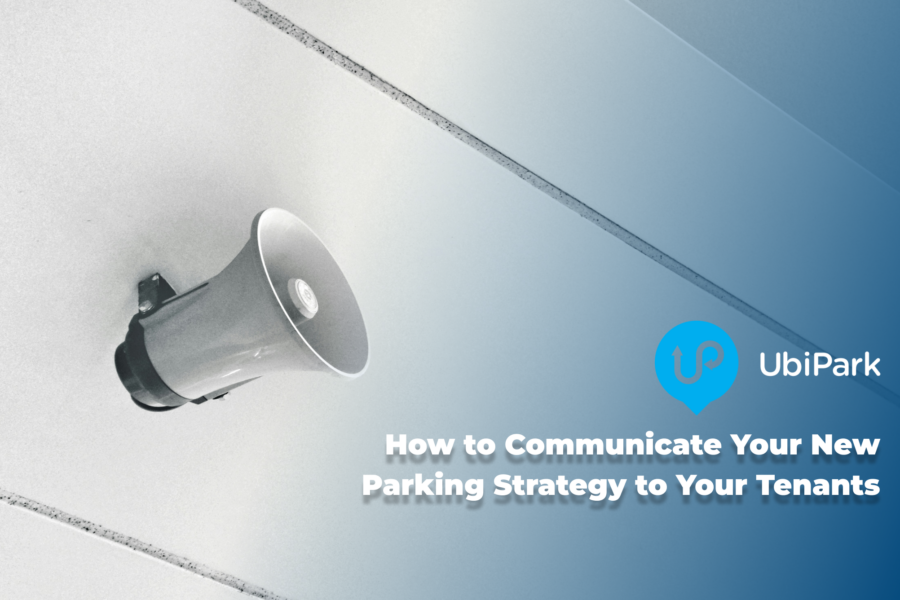Does the Federal Budget infrastructure spending address the nation’s transport issues?
May 11, 2018
The Federal budget announced $75bn 10-year infrastructure funding to continue to improve Australia’s transportation network. However, are these the right infrastructure investments to move Australia’s transport network in the right direction and provide a long term solution that meets the increasing demand? We look at a few of the big announcements made in this year’s Federal Budget.
$5bn Rail Link Between Melbourne Airport and the City
The biggest infrastructure funding announcement in the Federal Budget was the $5bn rail link between Melbourne Airport and the city. However, the problem is, do we even need a rail link in Melbourne?
With the Federal Government putting pressure on the State to invest a further $5bn into the rail link, is it going to be the silver bullet to put Melbourne’s congestion woes to rest? Probably not.
Melbourne Airport already has a number of options available to passengers, such as the Sky Bus and a number of private car park operators offering nearby shuttle services.
Further, reports suggest the train will take approximately the same time as the Sky Bus anyway, particularly because current proposed routes suggest there will be a number of stops along the way. As such, there is no guarantee it would actually increase public transport use as there are alternative options, such as external car parks that offer affordable and accessible parking for the same price or less than a taxi or ride-sharing solution. Driving will therefore remain the most popular transportation to get to and from Melbourne airport.
Whilst adding a rail link is a nice to have and a good news story for the Federal Budget, particularly as Victoria has missed out in infrastructure investment in the past, is it really a priority for the City?
There are many more pressing issues facing Melbourne’s transport mix, namely getting in and out of the suburbs and future-proofing Melbourne’s transport network. For instance, train station car parking is currently a significant issue in the suburbs, with many being full by 7am.
Congestion at these transport hubs will only get worse, as demand increases in correlation with population growth. In fact, according to the latest data from the Australian Bureau of Statistics (ABS) on Regional Population Growth, the suburbs in greater Melbourne have seen the largest and fastest population growth in Victoria, such as Cranbourne East, Mickleham and Tarneit.
Overall, population in Melbourne has increased by 125,400 (2.7 per cent) to reach 4.9 million, making it the most densely populated city in Australia. This is only going to increase congestion on our roads and at public transport hubs.
Will the additional $3.8bn for Victoria Road & Rail help address transport issues?
The government has set aside some budget to help address suburb bottlenecks, as well as improve public transport connections, to the tune of $3.8bn. This will go some way to helping address commuter issues in Melbourne, particularly if they do prioritise helping commuters access the public transport network.
Real-time data can also be provided to commuters, so they can make better decisions on how and where is best to access public transport.
However, over $2bn has been set aside to increase the capacity of Melbourne’s road network. This is all well and good but this strategy will see more vehicles come into the city centre, creating new bottlenecks.
Essentially, the question is, what do we do with all the additional cars? Melbourne has already suggested car-free superblocks and other potential strategies to combat the growing congestion on the roads and footpaths. In order to do this, we need to get cars off the road and into car parks.
As part of the funding for infrastructure in Melbourne, the City should look to new technologies that provide real-time information of supply and demand to better understand the needs of residents. This technology would ensure that investments in infrastructure, such as car parks to support the increasing number of cars coming into the city, are the right ones that address Melburnians real needs.
Queensland Road Projects – Unclogging the artery will flood the capillaries
It’s good news for those that commute from Gold Coast to Brisbane, with $1bn being set aside to improve the M1. However, by increasing the capacity of our motorways, we will end up increasing the number of cars coming into our cities. We need to think about what will happen with all these cars once they get to their final destination.
We need ensure we don’t see issues arrive once we hit city centres, with CBD roads becoming clogged up due to increased number of vehicles, the Government needs to ensure it has the right facilities to get these cars off the road.
A key way we can better understand supply and demand is through new smart parking technologies. These can provide real-time data for cities to assess supply and demand, enabling them to make the right decisions on where new infrastructure is required.
$1.1bn for Western Australian Metronet
The Federal Budget has announced a $1.1bn investment to extend the Metronet, including adding the Morely to Ellenbrook line, as well as the Armadale line, Midland Station and business case funding for Lakelands Station.
The investment in new public transport options for Perth residents is a positive move by the government, as it looks to ease congestion. However, to ensure take-up of these services, we need to make sure they are easily accessible and offer greater convenience than jumping in a car.
We have to ensure we provide connectivity to transport hubs in the suburbs. This will require the right amount of parking infrastructure to be provided, as well as being able to provider commuters with real-time information for them to make the best decision on where is best for them to access the network.
We’re already seeing train station congestion in Sydney and Melbourne. Perth needs to heed the lessons learned and ensure they are providing the right amount of available commuter parking. This can be achieved through new car parks or better understanding the infrastructure available.
A key way we can better understand supply and demand is through new smart parking technologies. These can provide real-time data for Cities to assess supply and demand, enabling them to make the right decisions on where new infrastructure is required.



